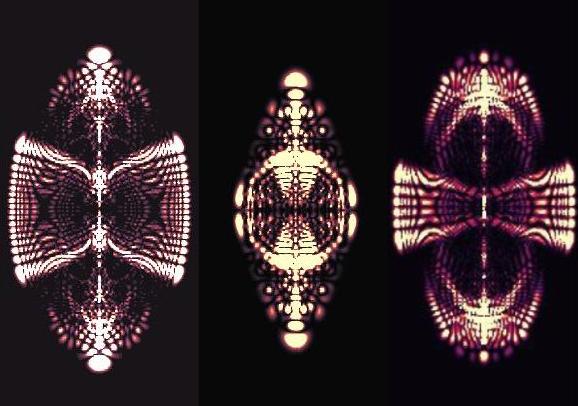A rare "Rydberg" frog was discovered by scientists from the University of Stuttgart and the University of Oklahoma, and supports the scientific theory that predicted the existence of this type of frog

A rare "Rydberg" frog was discovered by scientists from the University of Stuttgart and the University of Oklahoma, and supports the scientific theory that predicted the existence of this type of frog. The team used a gas of rubidium atoms cooled to a temperature of about three millionths of a degree above absolute zero to produce the alloy. The fragment created by the team survived for only eighteen microseconds.
Researcher James Shaffer, a professor in the Department of Physics at the University of Oklahoma, was part of a German research team that made the latest discovery, a discovery that some scientists in the field say demonstrates a "new" type of chemical bond that makes this herd different from other Rydberg herds. The Rydberg reactor is an electronically excited chemical reactor (read more from Wikipedia). The electronic scattering pattern obtained with this approach could be used as a benchmark for future quantum calculations of molecular and atomic structures.
The researcher explains that a weak chemical bond is formed when an electron, which is relatively far from the atom's nucleus, and another atom in the ground state ("normal") react between them. The electron is weakly attracted to the atom in the ground state, and vice versa. The electron pulls the atom back in the ground state to the state of the Rydberg atom enough so that it does not break free from the bond. The result is a rare Rydberg herd similar to the one created by the team from Germany.
All of this would not have happened at all without the very low temperatures obtained thanks to laser cooling and sophisticated chemical trapping using the most advanced types of traps available today. These particles are an important touchstone for the atomic theory that first appeared in 1934 when Enrico Fermi predicted how an atom might react with an electron removed from its "original" nucleus. The scientists from the University of Oklahoma looked for the same types of ferrodes created by cesium atoms, although a cesium atom is slightly different because it has more than one type of ferrode, these types depend on the exact arrangement of the spins in the system. This characteristic can contribute to understanding the nature of the reactions between the magnetic moments of the electron and different atoms.
The news from the University of Oklahoma

2 תגובות
I have no words!
Well done!
Stunning!